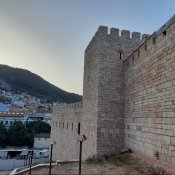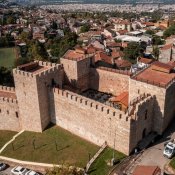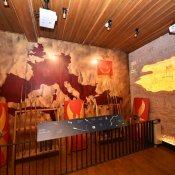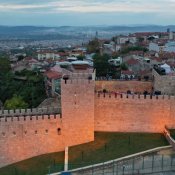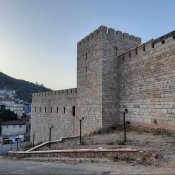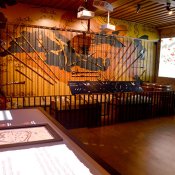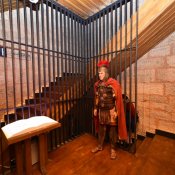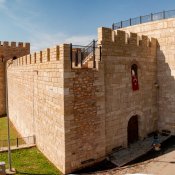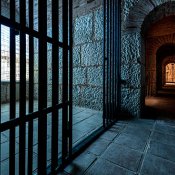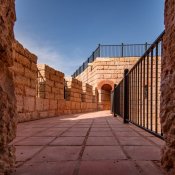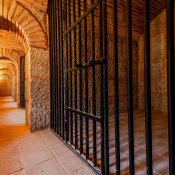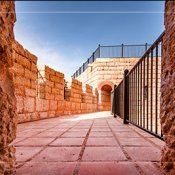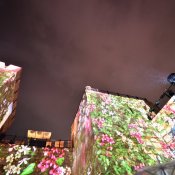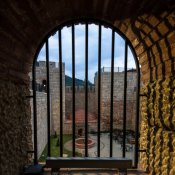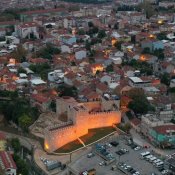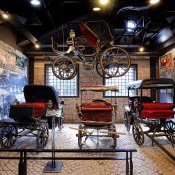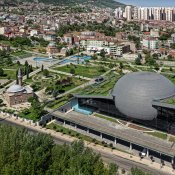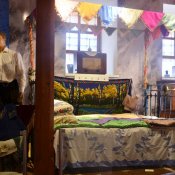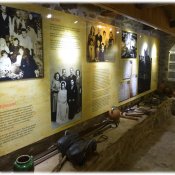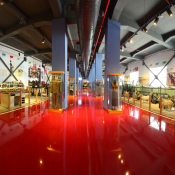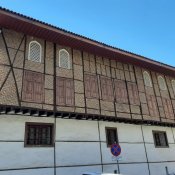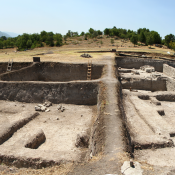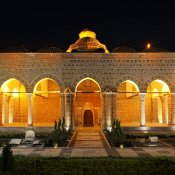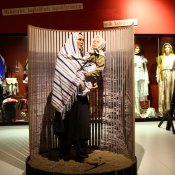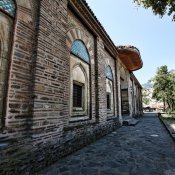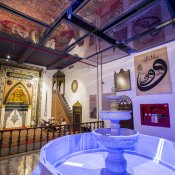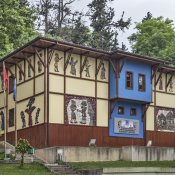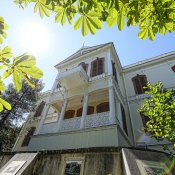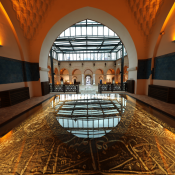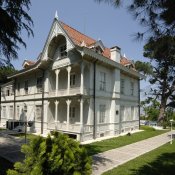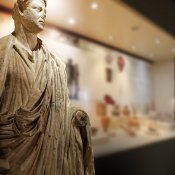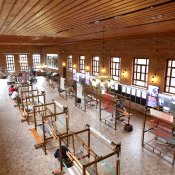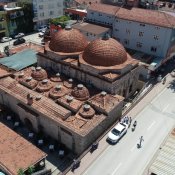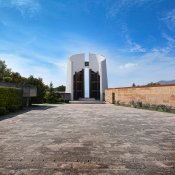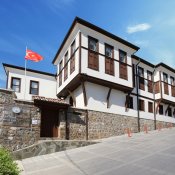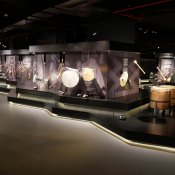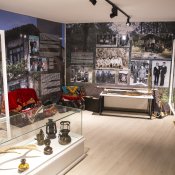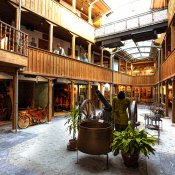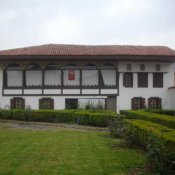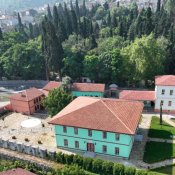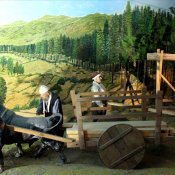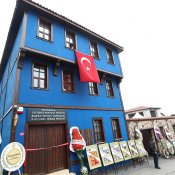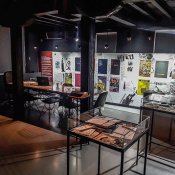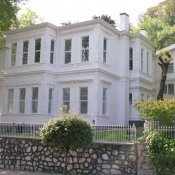The Dungeon Gate Museum
The Dungeon Gate Museum
Starting at the “Yerkapi” level of the Bursa town walls, where defending was difficult, “Zindan Kapi”, the “Dungeon Gate”, forms the western end of the double town walls extending into western direction. This gate is reached by a road, which is opened alongside of “Cilimboz Beck” by washing out the rocky cliffs. It is an intermediary gate opening towards the skirts of Mount Uludag. It is known that this door was used in former times by the villagers who came to the bazaar.
It is known that it existed already during the Hellenistic era (2nd century B.C.), the Byzantine era (9th century A.CD.), and the Ottoman era (14th century A.D.). In historical Ottoman documents, it is stated as “Bâb-ı Siccin”. Later, it was called “Zindan Kapi”, or the “Dungeon Gate”, since there were underground dungeons underneath the gate and the town walls in its surroundings. Archive documents reveal that these dungeons were used as a prison until the late 19th century.
“Zindan Kapi”, or the “Dungeon Gate”, is situated in a wall of the town’s inner walls, perpendicular to the wall of a corridor between two town walls extending in western direction, ending with the dungeon cavity. This gate is protected by a rather wide, quadrangular tower.
The visitor accesses the dungeon’s inner cavity by passing through two separate doors built between the two town walls. Between these two doors, there is a patio built for security purposes. When the visitor has come to the inner cavity, passing through the second door, there is one well on the uncovered area, as well as one bed next to it, measuring 1 x 2 m, its platform and its sides being masoned using bricks. Having passed through the entrance door, the visitor accesses the main dungeon by climbing down a staircase. This door’s remains are prominent. The visitor first comes into a sloping room, covered with a dome or a luminaire. This sloping room is connected to the “outer tower”, by means of a narrow corridor covered with a brick-built vault. Along the sides of this corridor, there are dungeon cells built in the walls, and, at the end of this corridor, there is the dungeon room, which constitutes the tower’s ground floor, in the soil. The visitor accesses the dungeon rooms at the first floor by climbing a staircase. It is assumed that first of these dungeon rooms extending in west-east direction was the dungeon keeper’s room.



